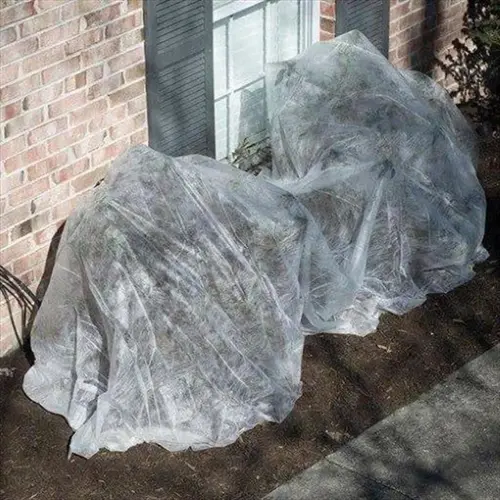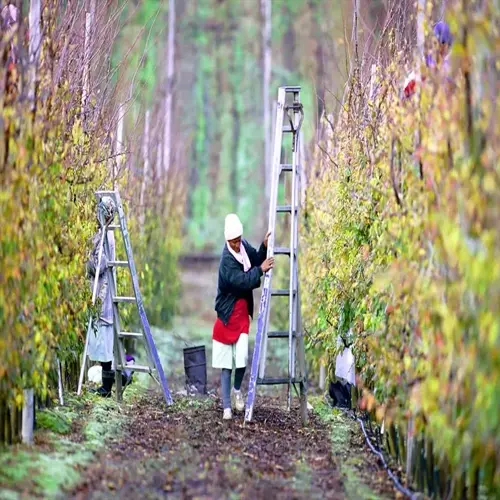Do fungus gnats always indicate root rot?

Written by
Tina Carter
Reviewed by
Prof. Martin Thorne, Ph.D.Fungus gnats act as early warning signs of root problems and not necessarily a primary cause of rot. I noticed swarms of these little flys around my ferns. They were indicating over-saturated soil where rot pathogens could now propagate. The fungus gnat, while growing, only harms the roots. Still, their presence suggests the soil conditions are conducive to far more damaging fungi such as Pythium. Taking care of a gnat infestation promptly can help limit secondary root damage and prevent the onset of rot.
Moisture Connection
- Gnats require consistently damp soil for breeding
- Same moisture levels enable root rot pathogens
- Controlling soil dryness addresses both problems
Larval Damage
- Larvae feed on root hairs and outer tissues
- Creates entry points for fungal infections
- Severe infestations weaken plant defenses
Pathogen Transport
- Adults carry fungal spores on their bodies
- Spread pathogens between plants during movement
- Contaminated egg-laying spreads disease
Check root health as soon as you notice a significant amount of gnat activity. Remove your plants from their pots and run their roots underwater. Watch for dark areas, slimy areas, and crumbling texture; these indicate rot and root rot. Healthy roots are white and firm. Inspecting roots early can help you address rot before it causes significant damage. I check for roots when I see more than five gnats per plant per day.
You can manage gnats with moisture management practices and physical barriers. Cover the top of the soil with a half-inch layer of coarse sand to prevent egg-laying. Use yellow sticky traps to catch adult gnats. Allow your soil to dry completely between waterings because larvae need moisture to survive. I was able to resolve my greenhouse pest issue using these methods without any negative impact on beneficial insects.
Cultural practices can help prevent gnat root problems by using well-draining soil mixes that allow for proper drying. Place new plants in a separate quarantine for a couple of weeks before introducing them to the rest of the collection. Water from below using trays instead of watering from above. These practices create bad conditions for both gnats and rot disease. If prevention is consistent, plants will be healthy in the long term.
Read the full article: Spotting Signs of Root Rot Early

